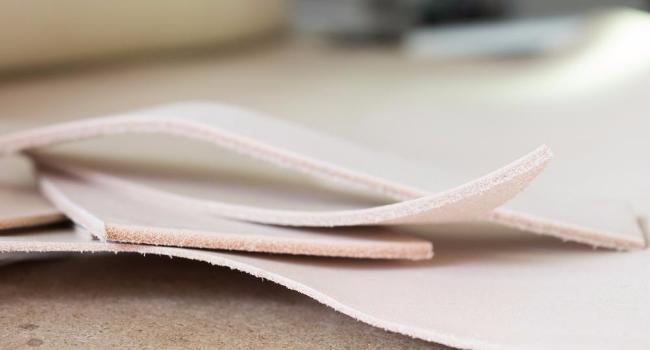
Tanning refers to how an animal's skin or hide is processed into durable, usable leather. The fashion industry should consider using vegetable-tanned and rose-tanned leather as they have less impact on our environment when the tannins reach our rivers and lakes. Not all manufacturers of fine leather are conscientious about our environment.
The Process
There are several ways through which leather can be handled and worked. Depending on the tanning method used, different flexibility levels are achieved. The three main tanning methods are vegetable, animal, and chrome. The most popular of these methods is chrome tanning. Animal tanning can be mixed with vegetables or animals.
Typically, the tanning process is performed in fuller, large water basins. In this case, the leather is soaked for several hours. It is important to note that the animal hide or skin utilized in the leather industry comes from animals killed by the beef production industry. Therefore, the leather industry tends to collect the byproducts of the beef industry.
Vegetable-Tanned Leather
Vegetable-tanned leather results from the vegetable tanning method. The vegetable tanning process is historical and very traditional. It began in the middle ages but is among the most popular tanning processes in the leather industry. This type of leather is environmentally friendly since no chemical components are added during tanning.
Vegetable-tanned leather takes about 30 days to be ready, making the vegetable tanning method the longest method of the tanning methods. The vegetable tanning process, which leads to vegetable-tanned leather, uses plant-based elements, including oak bark, fruits, and small tree branches. Even if the water used in the process is discharged into rivers and lakes, there are fewer or no environmental consequences. Additionally, the tanning process uses plant powder which is less harmful to workers.
Rose-Tanned Leather
Rose-tanned leather results from the use of pure rose oil during tanning. It varies from leather obtained from vegetable tanning as rose oils replace emulsified and vegetable oils. It is considered the most valuable type of leather globally because of its rarity and the labor-intensive tanning process used to prepare it.
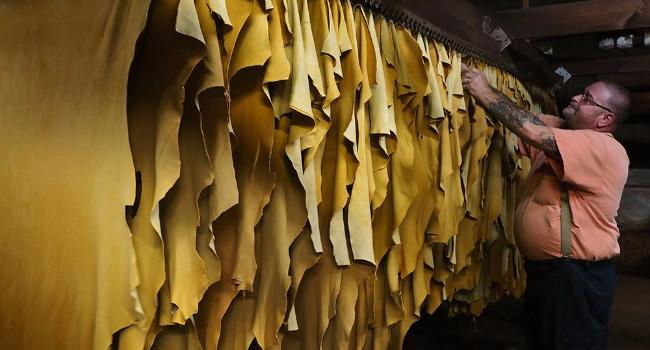
Examples of Other Tanning Methods
It is important to distinguish between vegan leather and vegetable-tanned leather. Vegan leather is a petroleum-based textile popularly known as polyurethane or PVC. It is mainly utilized in the fashion industry. Vegan leather is harmful to the environment since it is a derivative of the oil industry, which is a polluting industry.
Producing vegan leather is harmful as it has been associated with cancers and other diseases. It, therefore, has a long-term harmful effect on the environment and human beings. Despite the harmful effects of vegan leather on the environment, it can be produced from recycled plastics. It is, therefore, a more ecological alternative to the plastic industry.
In conclusion, the tanning method should use natural raw materials as this will ensure that it does not pollute the environment. Vegetable and rose-tanned leather value natural materials, thus minimizing the damage the fashion industry causes to the environment.
CP Slippers will produce a step-by-step look at producing leather in our next installment of the History of Leather Collection.



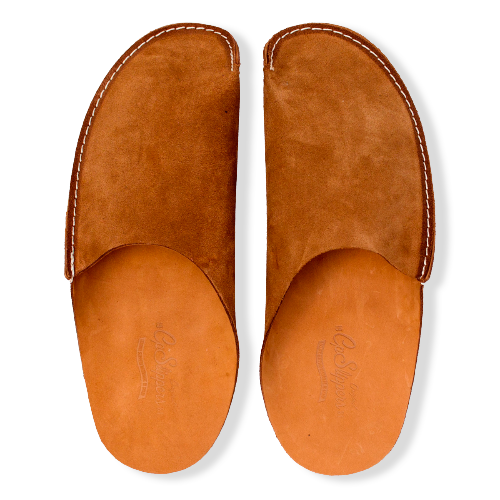
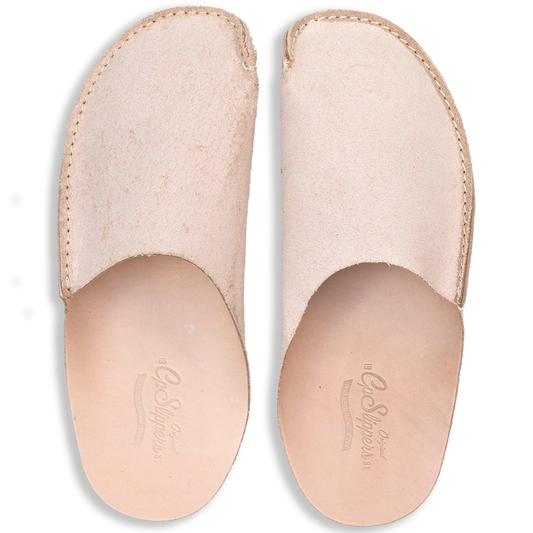
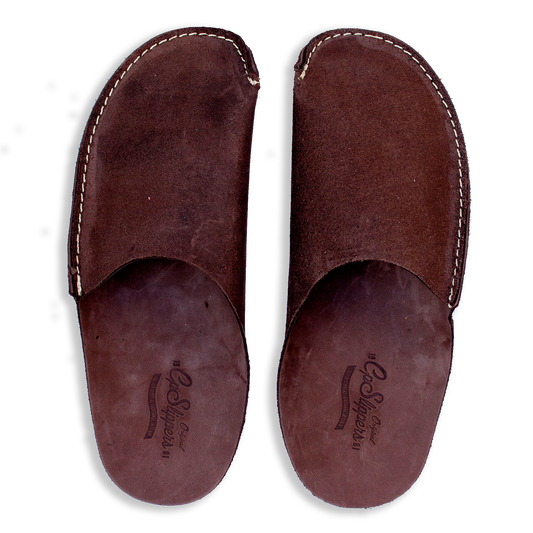
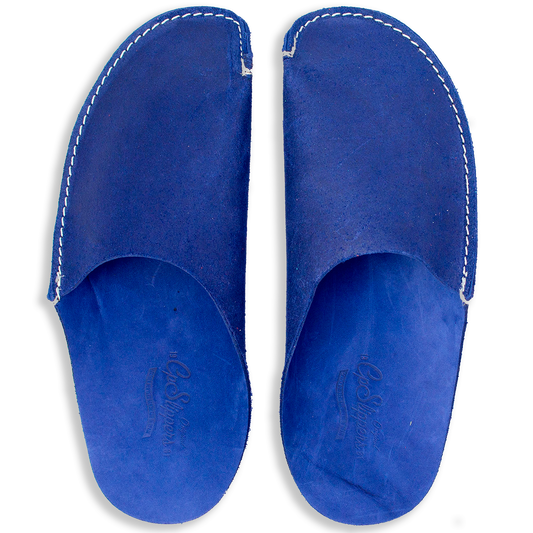
3 comments
Is nappa leather , real lamb skin processed animal leather, which ate being used for recliner sofas by reputed brands in furniture line.
Pl advise
Lovely article, I thought veg tanning took a long long time, you proved my thoughts
This was really informative. Thanks!